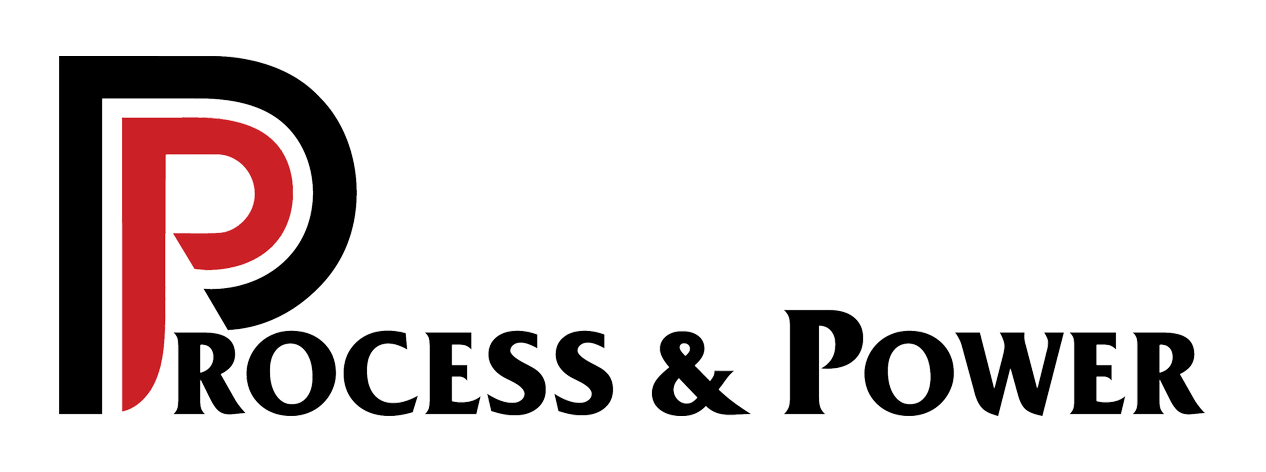Dekker Vacuum Technologies finds itself competing in a unique market
/MICHIGAN CITY — Rick Dekker, chairman of Dekker Vacuum Technologies, 935 S. Woodland Ave., wants people to know the company that bears his name doesn’t make household vacuum cleaners.
Rather, the company manufactures and markets industrial vacuum technology that is completely different and substantially more powerful than a home vacuum cleaner.
The company’s machines have been used in power plants and in mining, petroleum refining, cheese processing and distilling whiskey.
The industrial vacuum systems the company manufactures are similar to the compressors commonly seen in manufacturing, but there is a major difference, Dekker said.

“Our machines suck,” he said. “They don’t blow.”
It’s a description that can bring a smile to visitors, but Dekker is quick to point out the key difference between compressors and industrial vacuums. An air compressor takes air, and in the process of compressing it pushes the air to the application.
With vacuum technology, suction is created after the application. Air is drawn through the process. While the purpose of the vacuum pump is removing air or vapors, it also may pull in foreign material generated in the process. Dekker said his company has to be careful in its product design so that this material does not damage the inner workings of the vacuum system.
“We compete in a unique market that offers a wide variety of products” Dekker said. “What sets us apart is that our competitors try to fit their products to an application, while we’re solutions providers.”
If the customer’s needs fit what’s on the shelf at Dekker, fine. But if it doesn’t, Dekker will start from scratch and design a vacuum system that fits the customer’s needs. It’s been that way since Rick and his father, Jan, started the company in 1998.
The roots of Dekker’s family reach to Holland. His family moved to the United States in 1979 from South Africa, where his father was designing and building vacuum systems for that country’s gold industry.
“The political situation there was unstable,” said Dekker, and his father recognized it was time to leave the country. His father had met representatives from Sullair, who were in South Africa at the time marketing the company’s products. A relationship was formed and Dekker wound up moving to Michigan City to work for Sullair and its founder, Don Hoodes.
After Sullair was purchased by Sundstrand in the 1980s, Jan Dekker started his own company in partnership with an Italian company. Rick joined his father at that company in 1993.
“We broke away and in 1998 started Dekker Vacuum Technologies,” Dekker said from his second-floor office in the Michigan City Enterprise Center on Woodland Avenue on the city’s East Side.
At the time, the company had 10,000 square feet in the complex. That first year, Dekker said, the company lost money, but since then, it has turned a profit and grown to occupy 45,000 square feet, employing 40 skilled people.
In 2007, the company was listed by Inc. Magazine as one of the 5,000 fastest growing companies in America.
Dekker’s products are primarily sold in the United States, Canada and Mexico. This year, the company is expanding its sales into South America and reviewing opportunities in Europe and Asia.
Industries that use vacuum pumps are looking to efficiently refine a product, remove air or vapors from a manufacturing operation or remove a substance from soil, water or a product.
In a dentist’s office, when the dentist asks for suction, that’s a vacuum pump application, Dekker said. For the frozen concentrated orange juice industry, vacuum pumps remove water at a lower temperature so the orange juice concentrate retains its taste. In soil and groundwater remediation, vacuum systems remove contamination from soil or water.
Some of the machines made by the company are huge and need to be shipped by truck. Athers are small enough to be held in your hands. Regardless of the size, each is made by a small group of highly specialized employees who do everything from fabricate the parts to weld and assemble them.
Each machine is fully assembled and tested before it leaves Michigan City for the customer, Dekker said.
Dekker said the company has grown in recent years, and he has worked hard to make sure the company has the best people in place to continue that growth. He and his partner in the company, Jerry Geenen, senior vice president of engineering, hired Mark Cash in early 2009 as chief executive officer. Cash was previously with American Licorice in La Porte and prior to that at GM and Toyota. The most recent addition to the Dekker team is John Singer, director of sales and marketing. Singer previously was with Danaher, Rubbermaid and GE Lighting.
“My focus is to recruit the absolute best people into our operation,” Dekker said. “This has resulted in a team of people at Dekker that go above and beyond and continuously strive to improve the customer experience. I want to be able to spend my time capitalizing on my strengths, which include setting the future vision for the company.”
q

